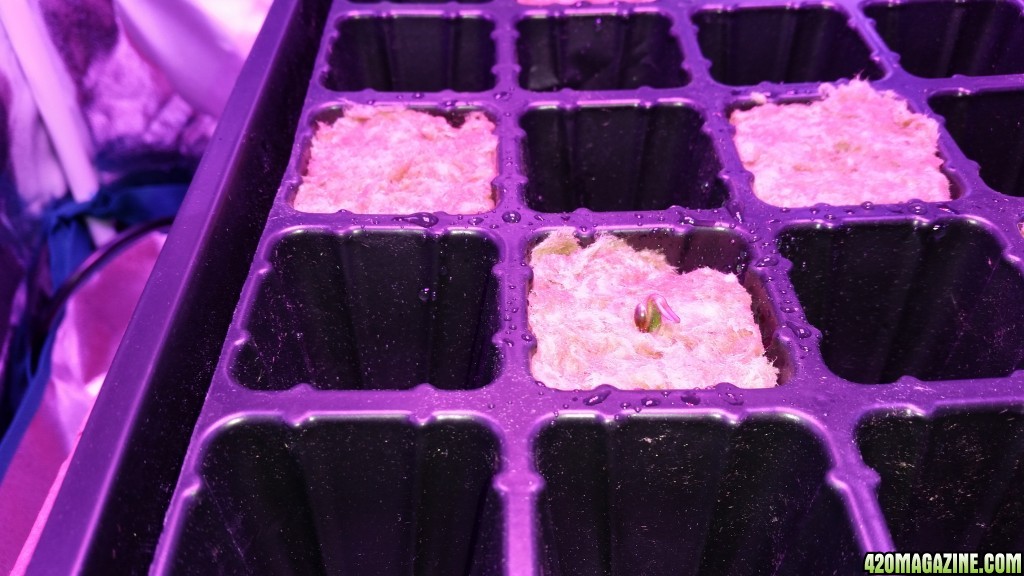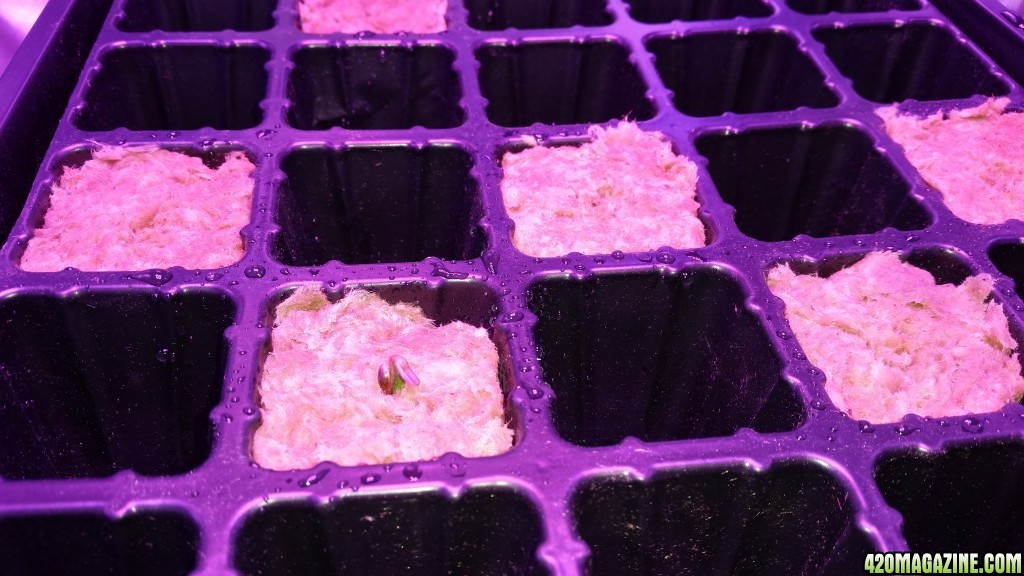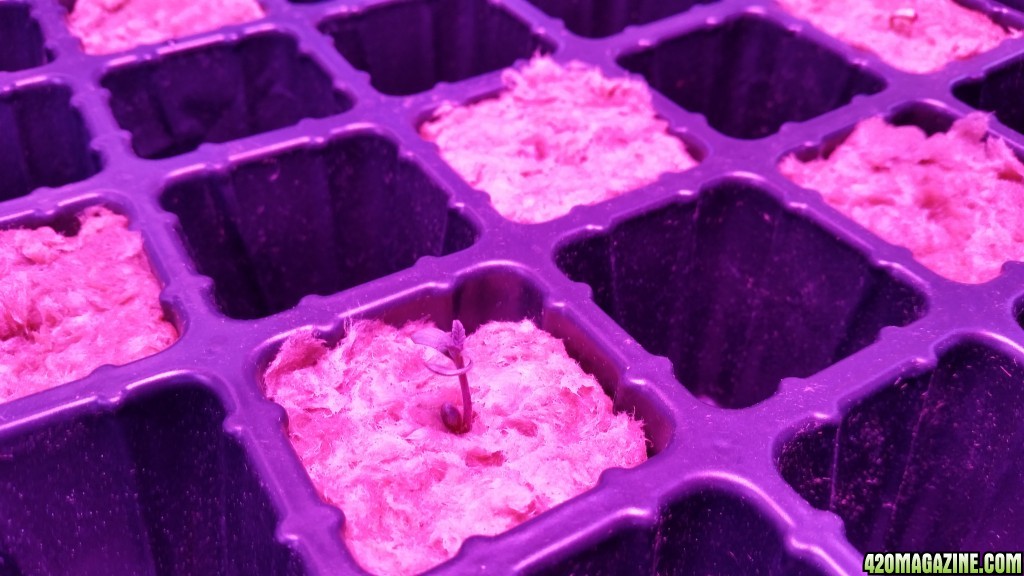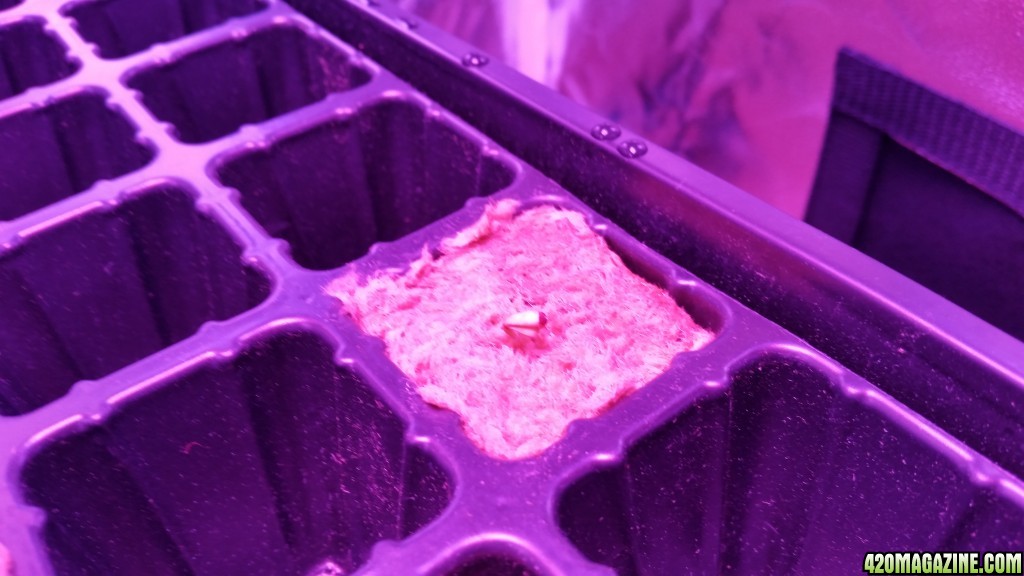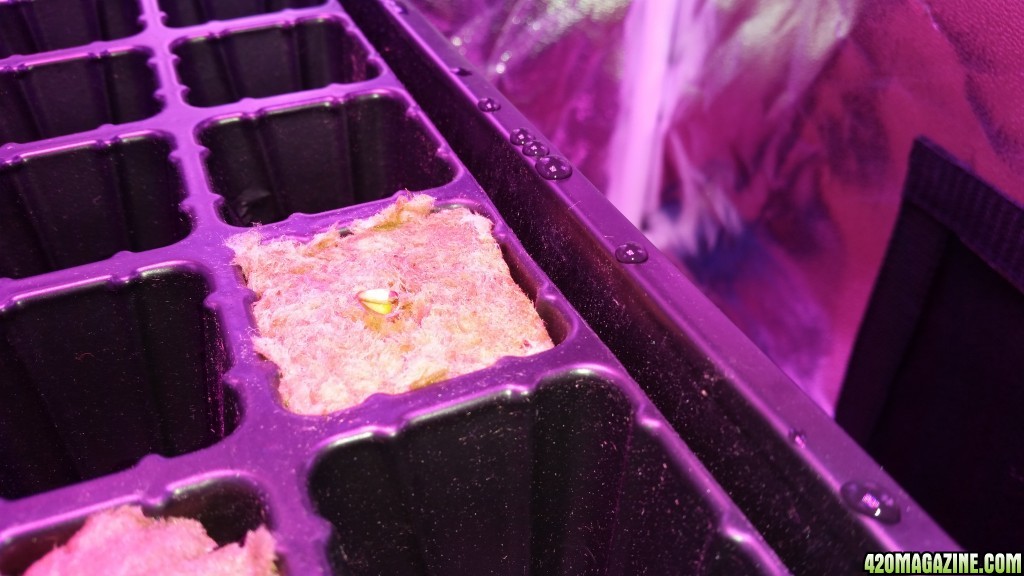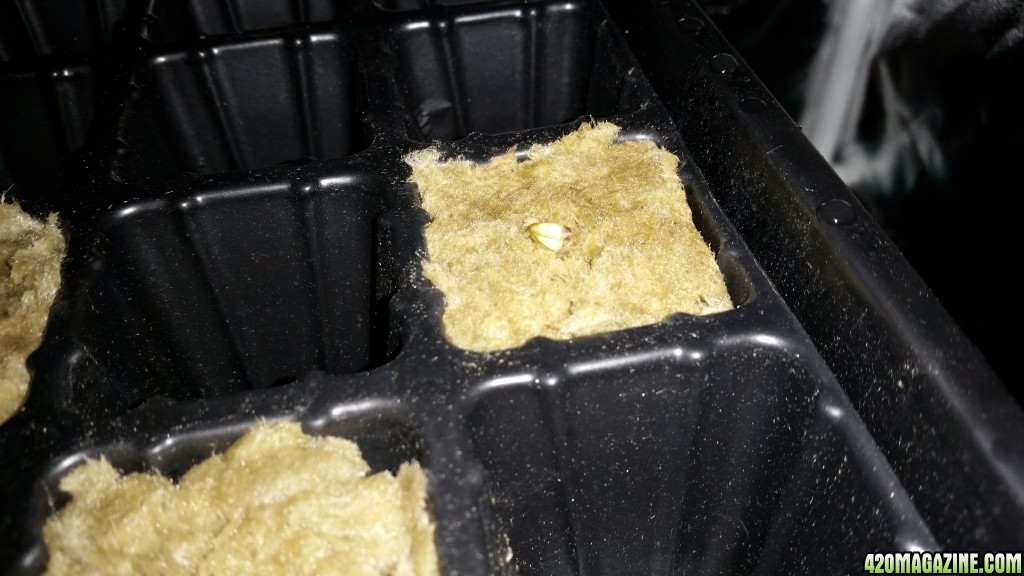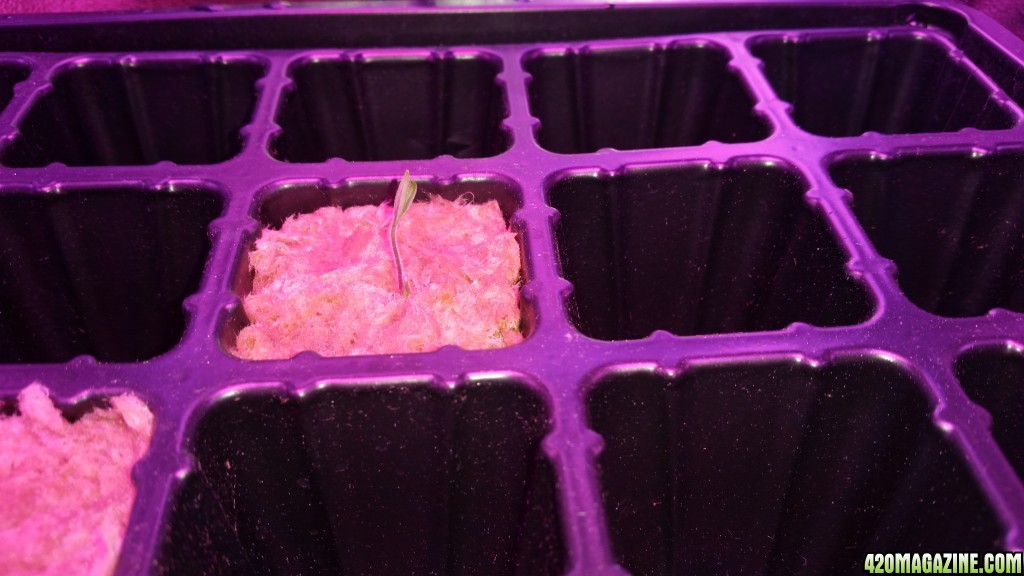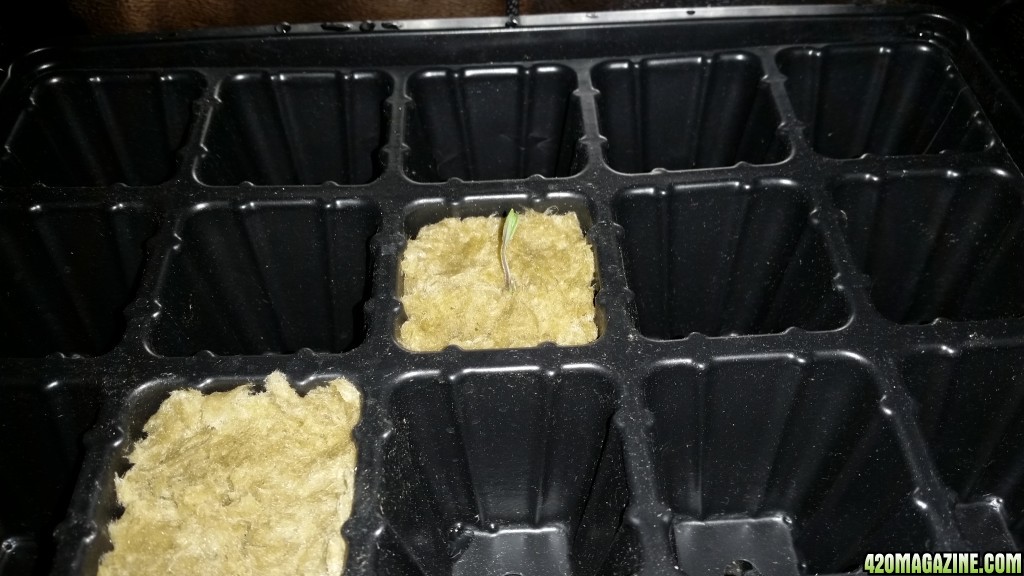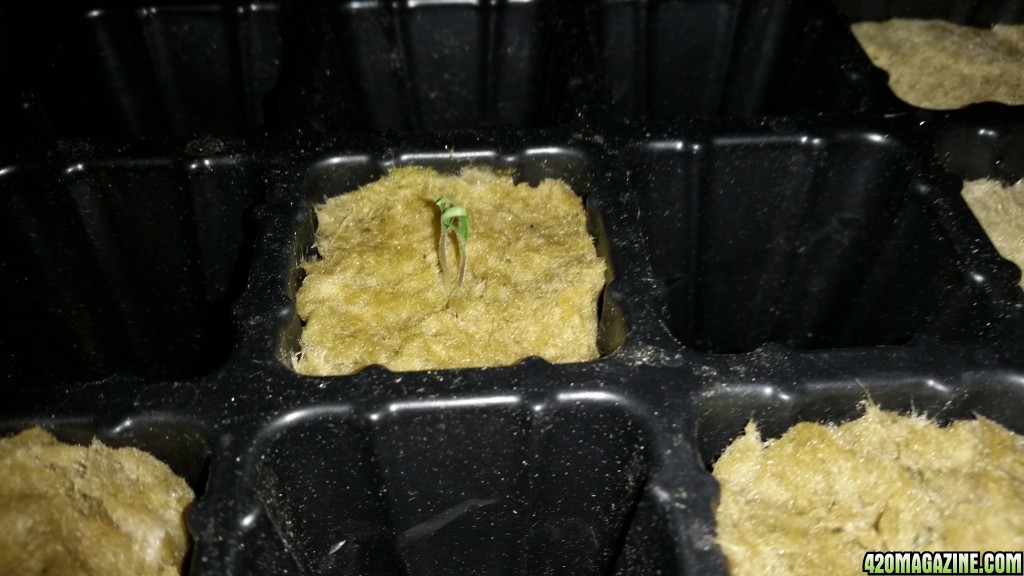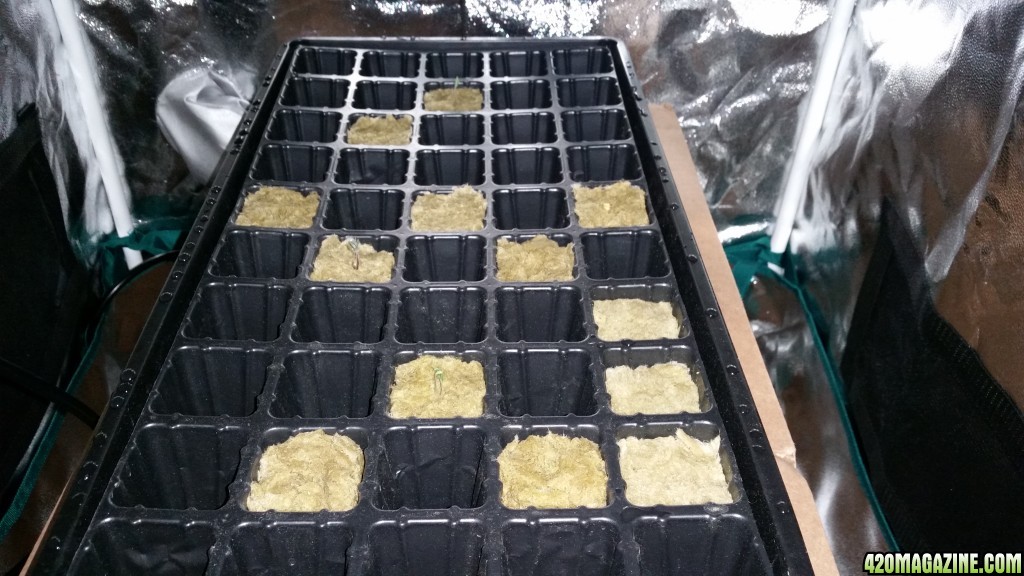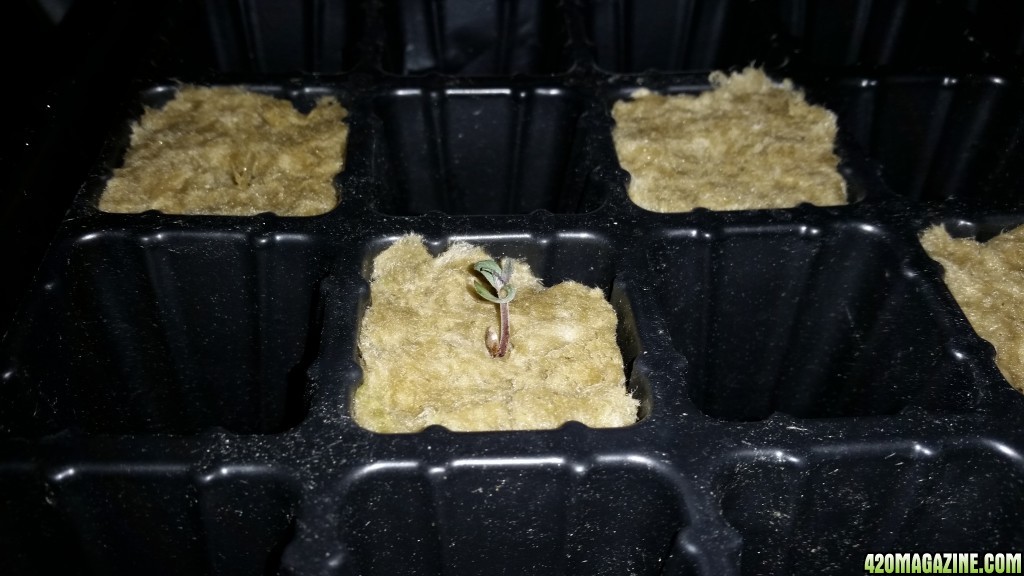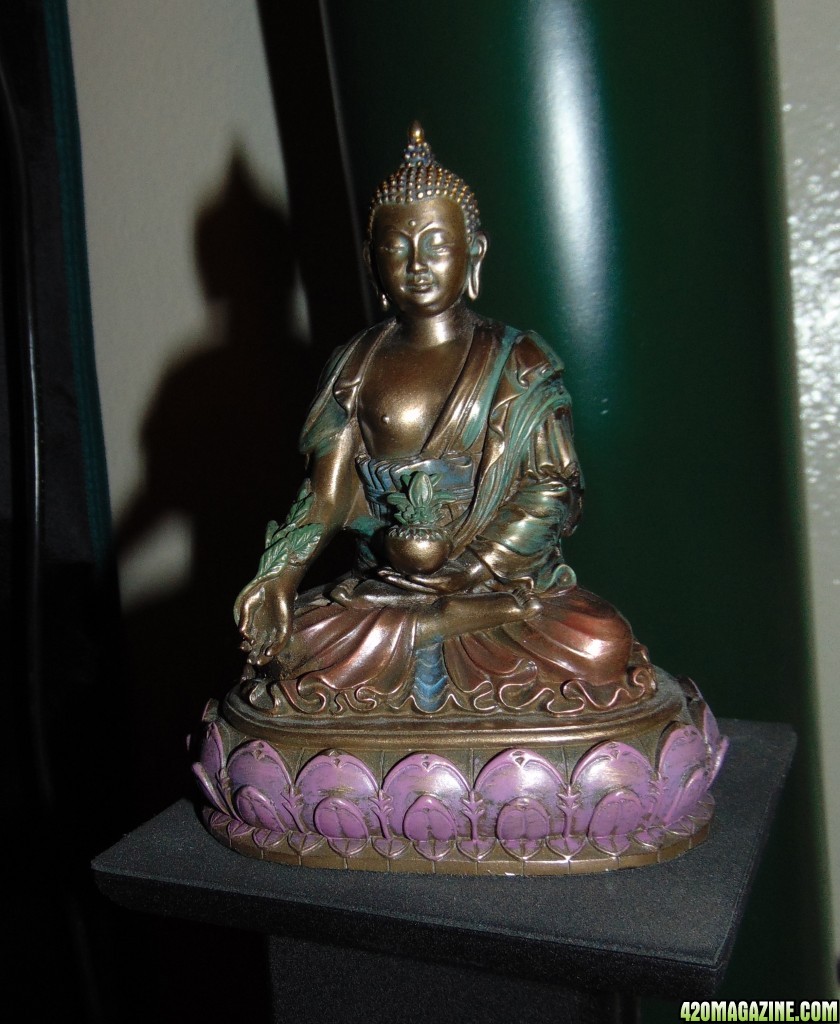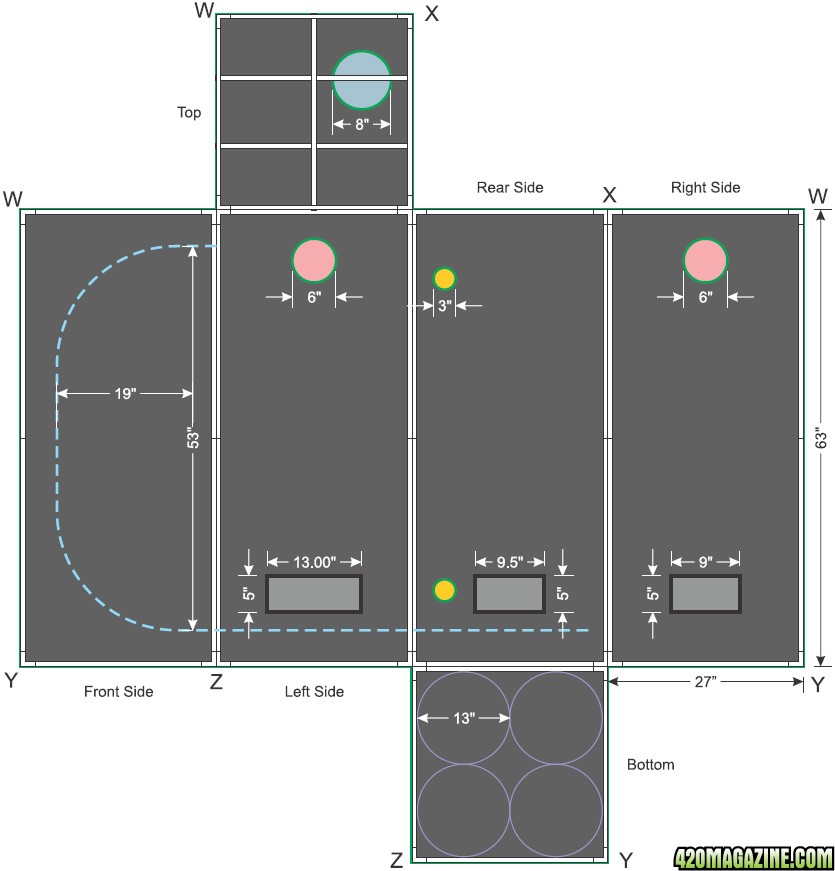SoCalPianoMan
New Member
This is the beginning of what I hope will be a great medicinal grow and yield.
Okay, I'll start off saying I've been an outdoor grower for decades, with the exception of a short time during the Phototron days many years ago (if you're old enough to remember those! ).
).
So, this is my first indoor grow in recent years, mainly because my most recent outdoor grows ended up being consumed more by a nasty curse of the caterpillars that bored into many of the buds, and quite frankly really pissed me off!
I did some research on some of the more reliable methods, really didn't want to go with HID lighting due to some of the temp and energy issues, and LED technology appears to have finally caught up.
I chose the Mars Hydro set-up because it appears they really seem to be on the cutting edge of LED growing technology, especially with their Mars II and Mars Pro lights.
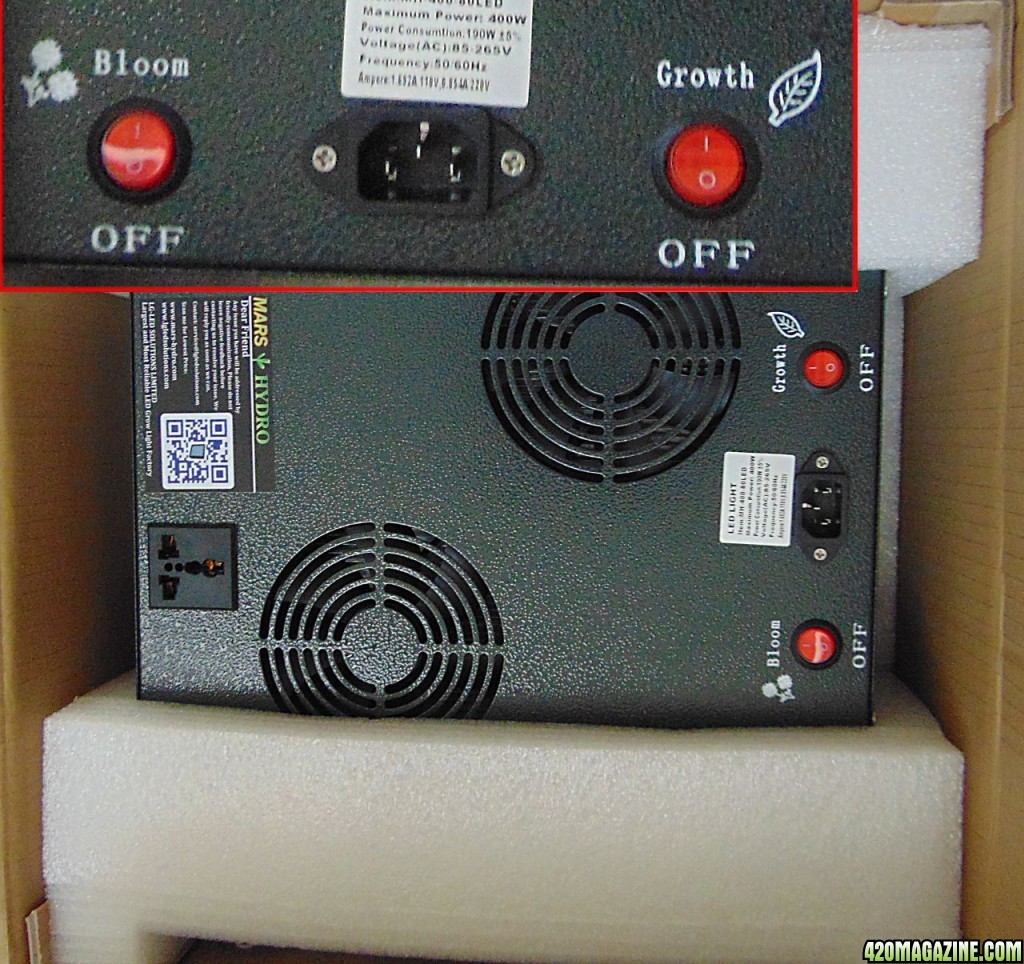
STRAIN: Pineapple Chunk Auto-Flower seeds
THC: 24%
CBD: 1.4%
Blend: 80% Indica / 20% Sativa, cross between Pineapple, Skunk #1 and Big Cheese strains from freecannibisseeds.nl
EQUIPMENT:
Grow Tent: Mars Hydro 27"x 27"x 63"
Lighting: Mars Hydro, Mars II 400w, 80 x 5w LEDs
Venting: 8" to 6" at Top with 6" Duct Fan and 6" Ducting to external window for venting, activated carbon pre filter fabric used on all bottom screen vent intakes and on both 6" upper round intakes
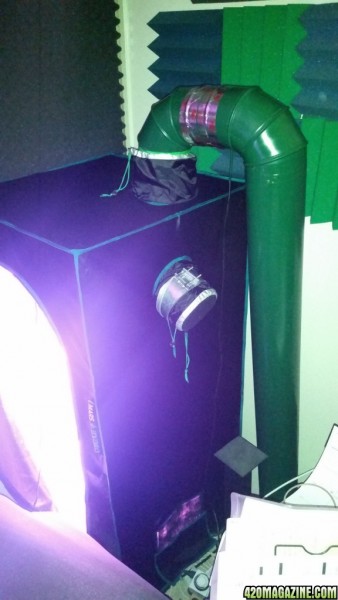
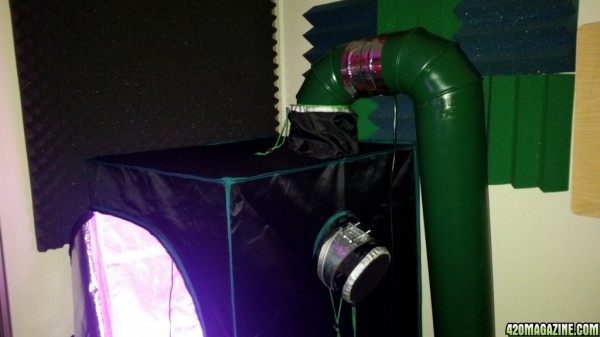
GROWING MEDIUMS, NUTRIENTS & CONDITIONS:
Germination Medium: Rockwool 2" cubes inside covered seed starter with clear dome
Germination Water: Distilled water (1 gallon bottle) with two drops of B1 in the form of SuperThrive, balanced to approx. 6.2pH, no nutrients yet
Germination Temp & Humidity: Maintaining approx. 75-82 degrees F, between 70%-90% relative humidity by using lamp during night time & when necessary
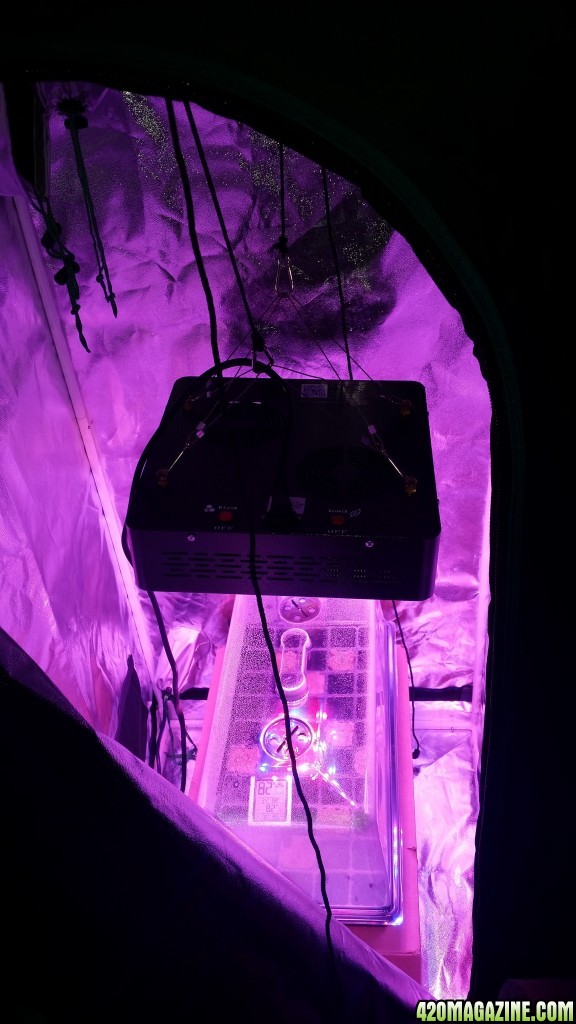
I soaked the rockwool cubes within the pH balanced water, squeezed out excess, placed a single seed inside the hole in the center of each at a depth of about 1/4" to 3/8", closing up the opening above the seeds. I chose to start on 11/11 during the New Moon cycle.
Right now, I'm on day three, seed roots are starting to sprout, and I've been using a spray bottle with the water I prepared and pH balanced to moisten the rock wool cubes, as well as spraying a fine mist on the inside of the clear dome to maintain humidity.
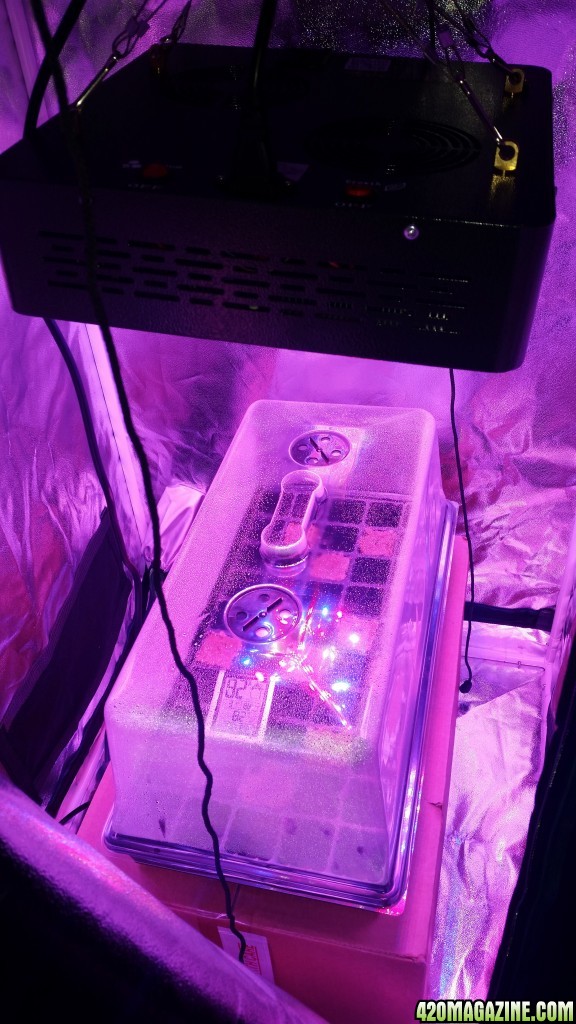
I plan on using a combination of Coco Coir, Perlite and Clay Balls within 5 gallon Phat Sacks for final growing, after transplanting the rockwool cubes into the same mediums in consecutively larger growing containers, which should allow the roots to explore the outer edge without getting root bound.
Okay, I'll start off saying I've been an outdoor grower for decades, with the exception of a short time during the Phototron days many years ago (if you're old enough to remember those!
 ).
). So, this is my first indoor grow in recent years, mainly because my most recent outdoor grows ended up being consumed more by a nasty curse of the caterpillars that bored into many of the buds, and quite frankly really pissed me off!
I did some research on some of the more reliable methods, really didn't want to go with HID lighting due to some of the temp and energy issues, and LED technology appears to have finally caught up.
I chose the Mars Hydro set-up because it appears they really seem to be on the cutting edge of LED growing technology, especially with their Mars II and Mars Pro lights.
STRAIN: Pineapple Chunk Auto-Flower seeds
THC: 24%
CBD: 1.4%
Blend: 80% Indica / 20% Sativa, cross between Pineapple, Skunk #1 and Big Cheese strains from freecannibisseeds.nl
EQUIPMENT:
Grow Tent: Mars Hydro 27"x 27"x 63"
Lighting: Mars Hydro, Mars II 400w, 80 x 5w LEDs
Venting: 8" to 6" at Top with 6" Duct Fan and 6" Ducting to external window for venting, activated carbon pre filter fabric used on all bottom screen vent intakes and on both 6" upper round intakes


GROWING MEDIUMS, NUTRIENTS & CONDITIONS:
Germination Medium: Rockwool 2" cubes inside covered seed starter with clear dome
Germination Water: Distilled water (1 gallon bottle) with two drops of B1 in the form of SuperThrive, balanced to approx. 6.2pH, no nutrients yet
Germination Temp & Humidity: Maintaining approx. 75-82 degrees F, between 70%-90% relative humidity by using lamp during night time & when necessary

I soaked the rockwool cubes within the pH balanced water, squeezed out excess, placed a single seed inside the hole in the center of each at a depth of about 1/4" to 3/8", closing up the opening above the seeds. I chose to start on 11/11 during the New Moon cycle.
Right now, I'm on day three, seed roots are starting to sprout, and I've been using a spray bottle with the water I prepared and pH balanced to moisten the rock wool cubes, as well as spraying a fine mist on the inside of the clear dome to maintain humidity.

I plan on using a combination of Coco Coir, Perlite and Clay Balls within 5 gallon Phat Sacks for final growing, after transplanting the rockwool cubes into the same mediums in consecutively larger growing containers, which should allow the roots to explore the outer edge without getting root bound.







